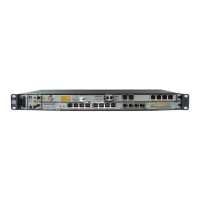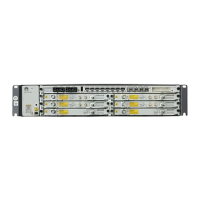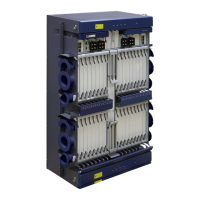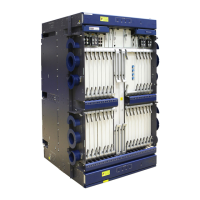Item Performance
At the side of the
antenna adapter
154IEC-PBR140 (15 GHz frequency band)
154IEC-PBR220 (18/23/26 GHz frequency
band)
154IEC-PBR320 (28/32/38 GHz frequency
band)
Maximum twist degree (the whole flexible
waveguide, unifirmly twisting)
249°(7/8 GHz frequency band)
280°(11 GHz frequency band)
330°(13 GHz frequency band)
405°(15 GHz frequency band)
465°(18/23/26/28/32/38 GHz frequency
band)
Minimum E-bend radius
76 mm (7/8 GHz frequency band)
64 mm (11/13GHz frequency band)
52 mm (15 GHz frequency band)
38 mm (18/23/26/28/32/38 GHz frequency
band)
Minimum H-bend radius 152 mm (7/8 GHz frequency band)
127 mm (11 GHz frequency band)
115 mm (13GHz frequency band)
102 mm (15 GHz frequency band)
76 mm (18/23/26/28/32/38 GHz frequency
band)
3.1.3 Flange Converter
When the flange interface of an antenna or ODU adapter cannot be directly interconnected with
the flange interface of a separately separate mount part such as flexible waveguide, a waveguide-
to-coaxial converter, or a coaxial hybrid coupler, due to a mismatch between the specifications,
a flange converter is used to convert the interfaces.
Appearance
A flange converter consists of the flange interface on the antenna side, flange interface on the
flexible waveguide side, and waveguide body.
3 Separate Mount Parts
OptiX RTN 600 ODU
Hardware Description
3-6 Huawei Proprietary and Confidential
Copyright © Huawei Technologies Co., Ltd.
Issue 06 (2010-05-30)

